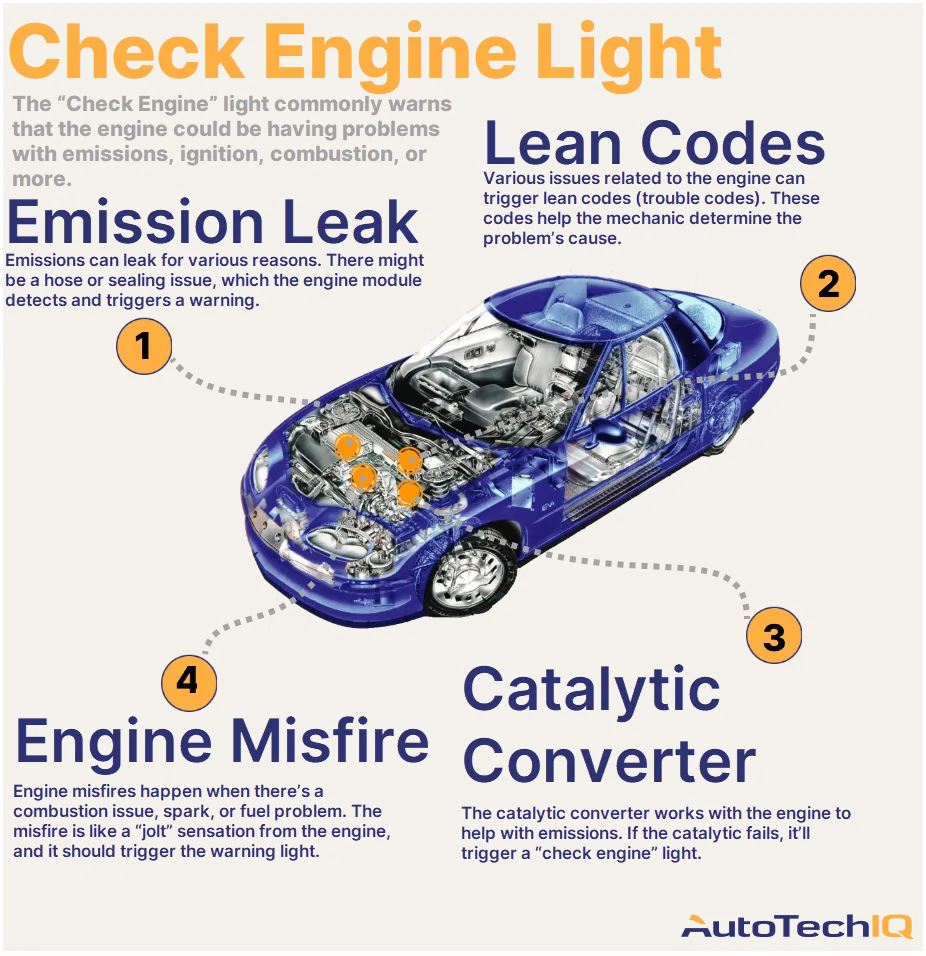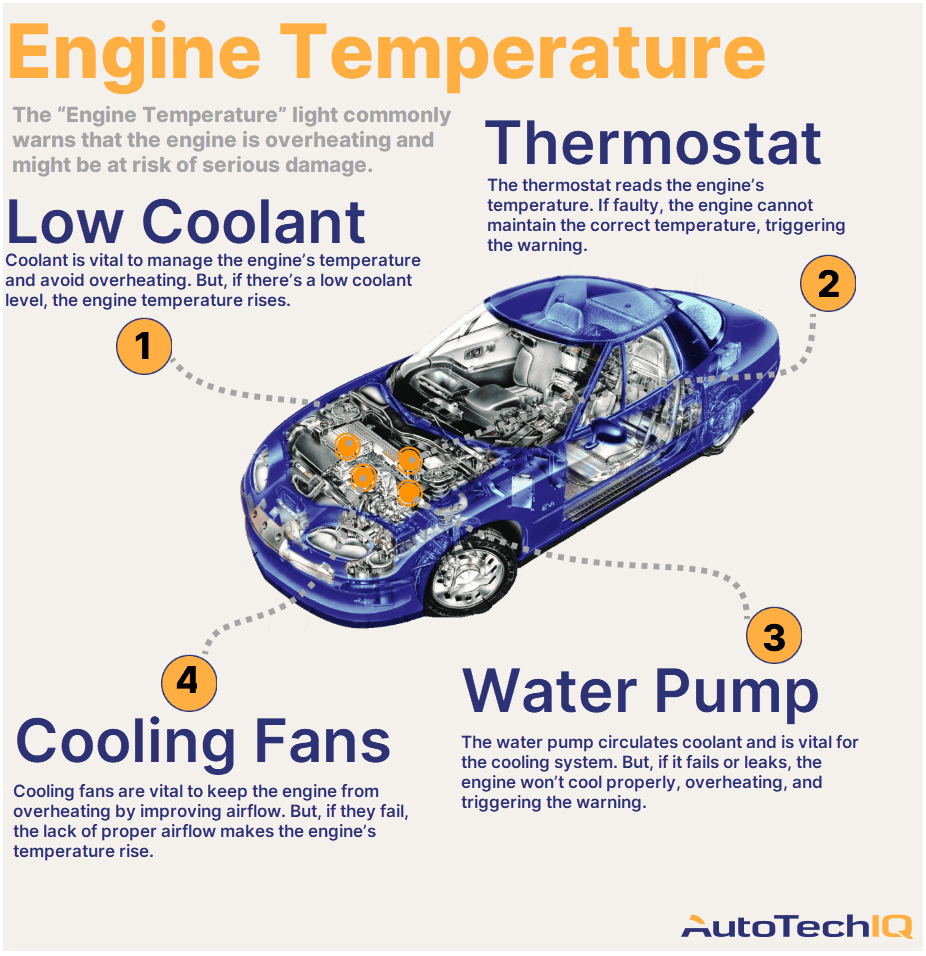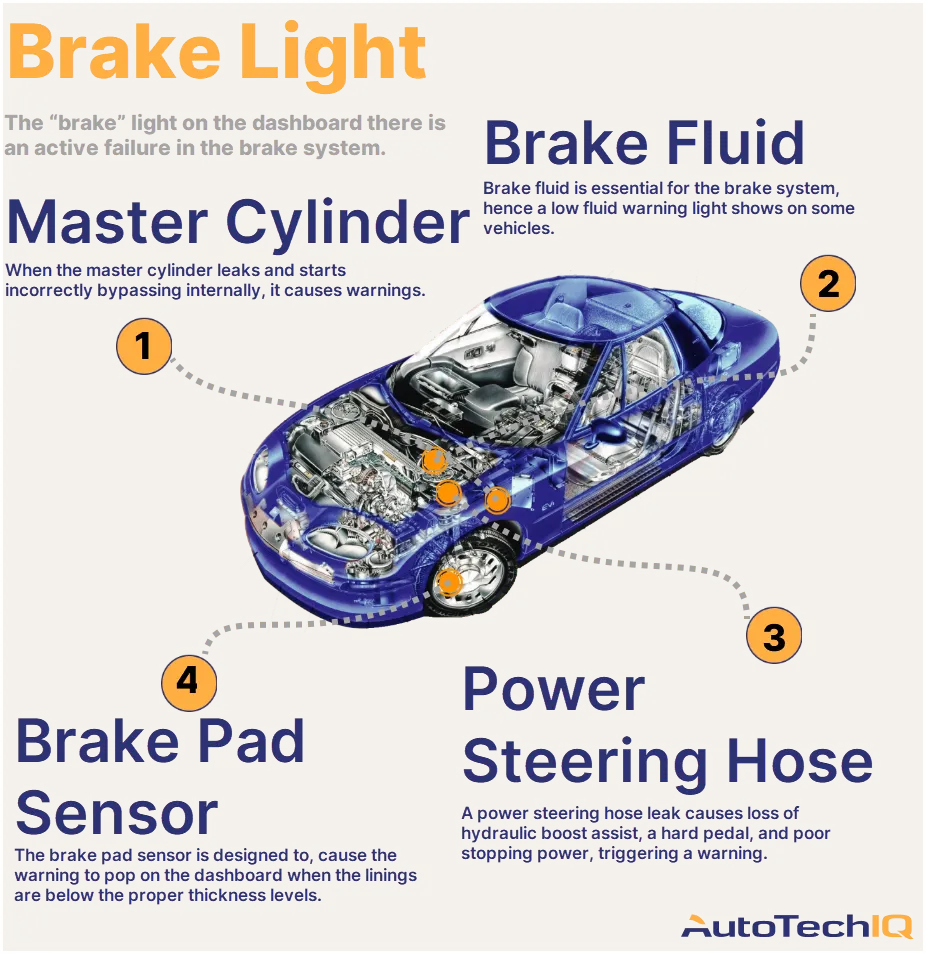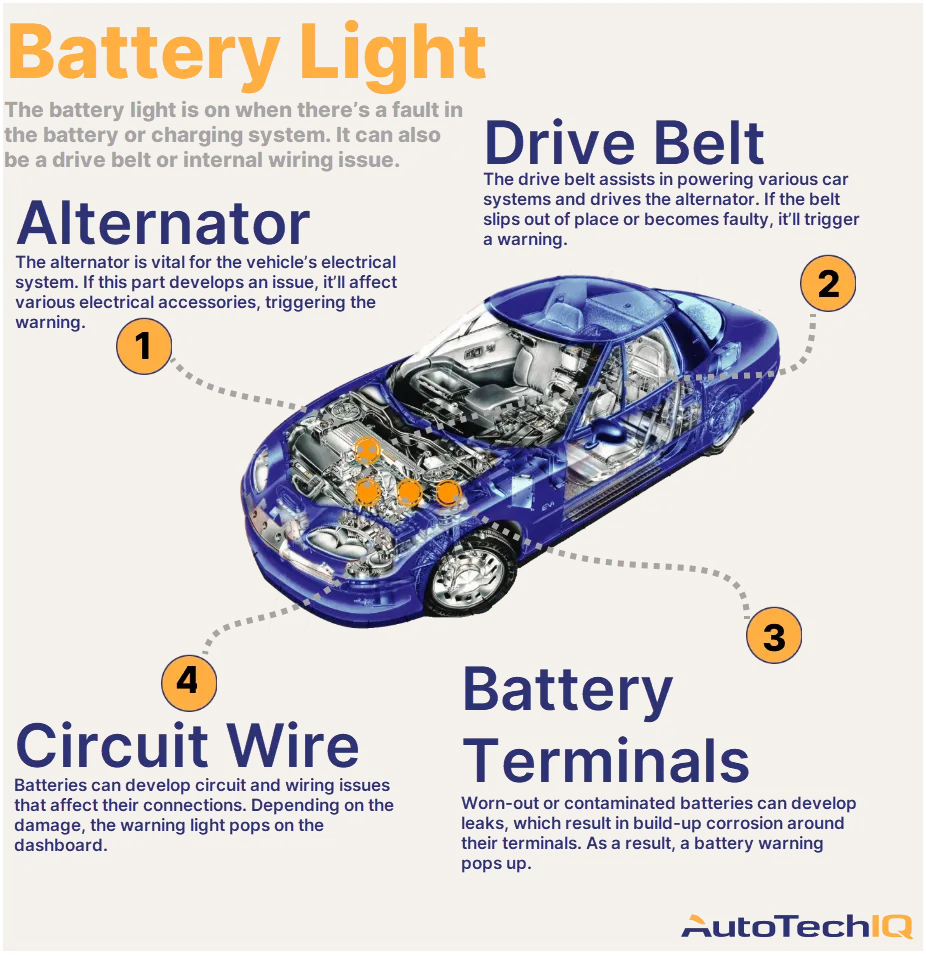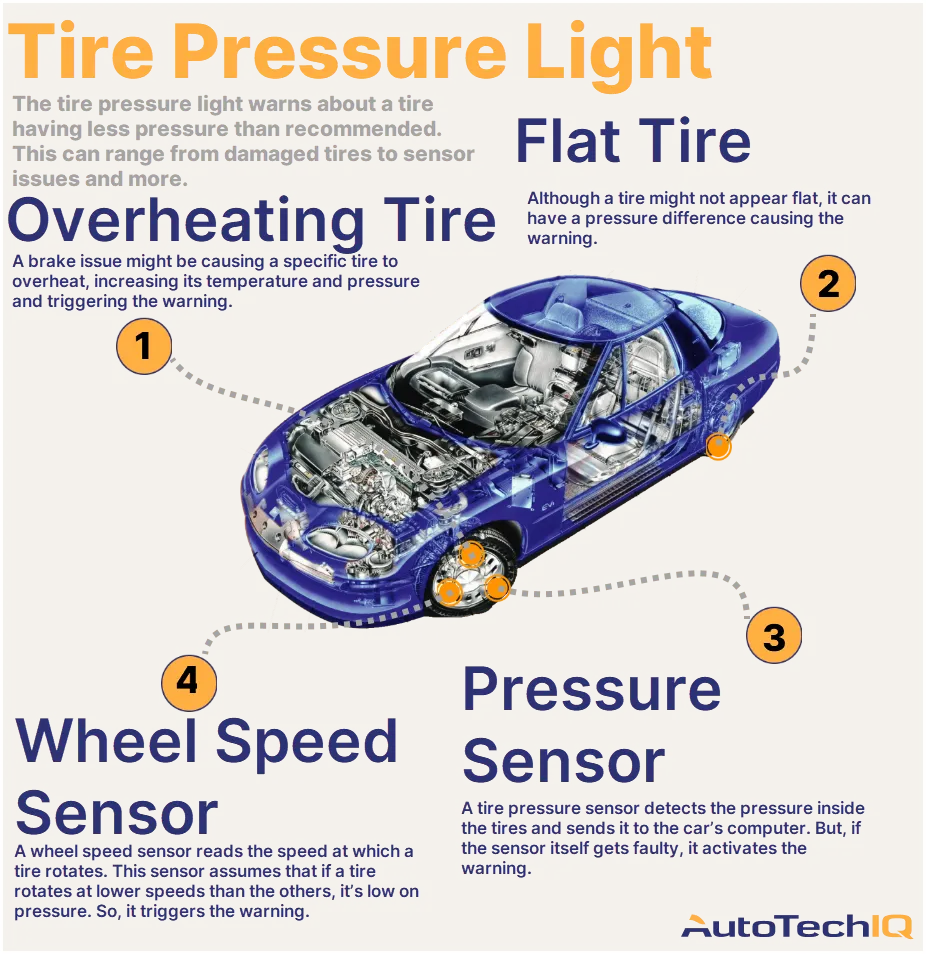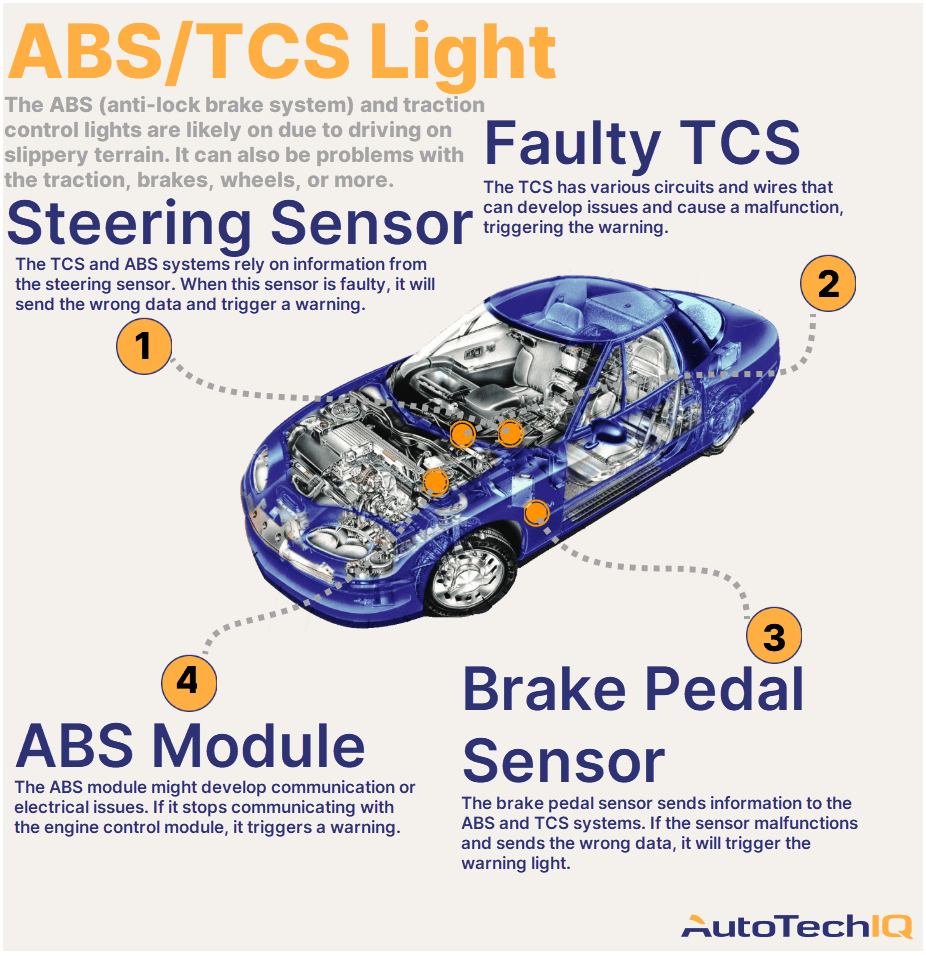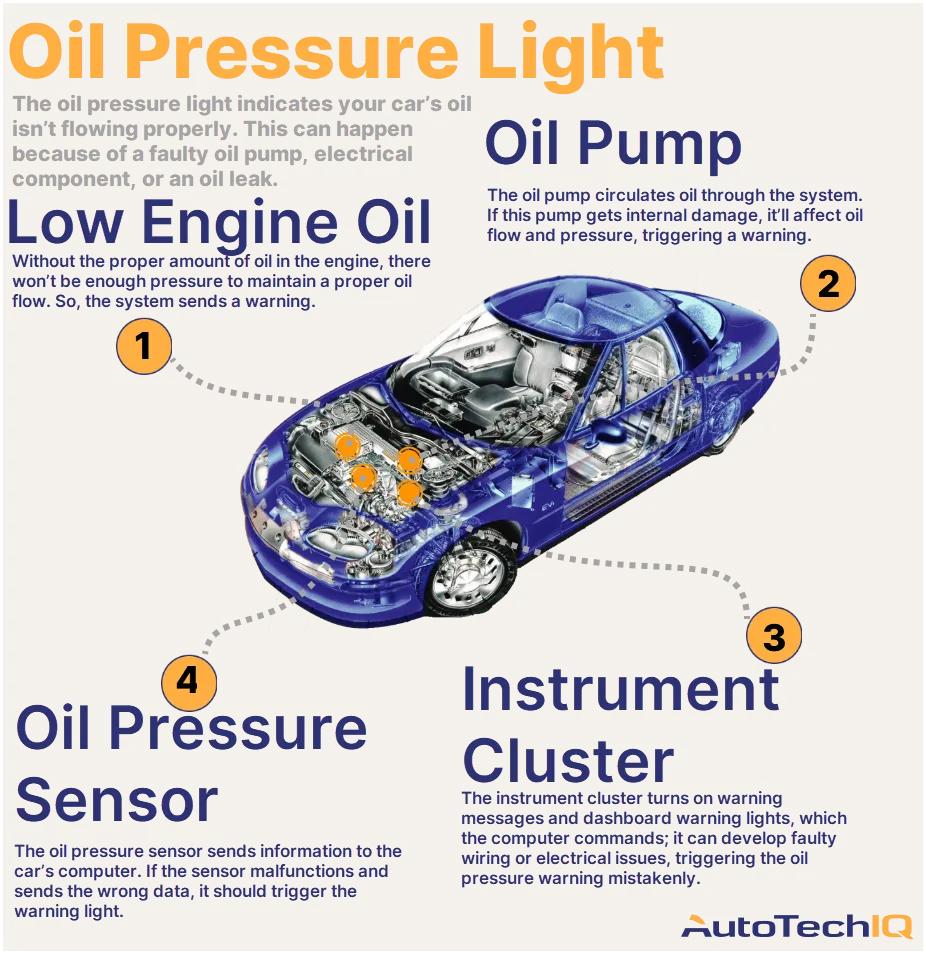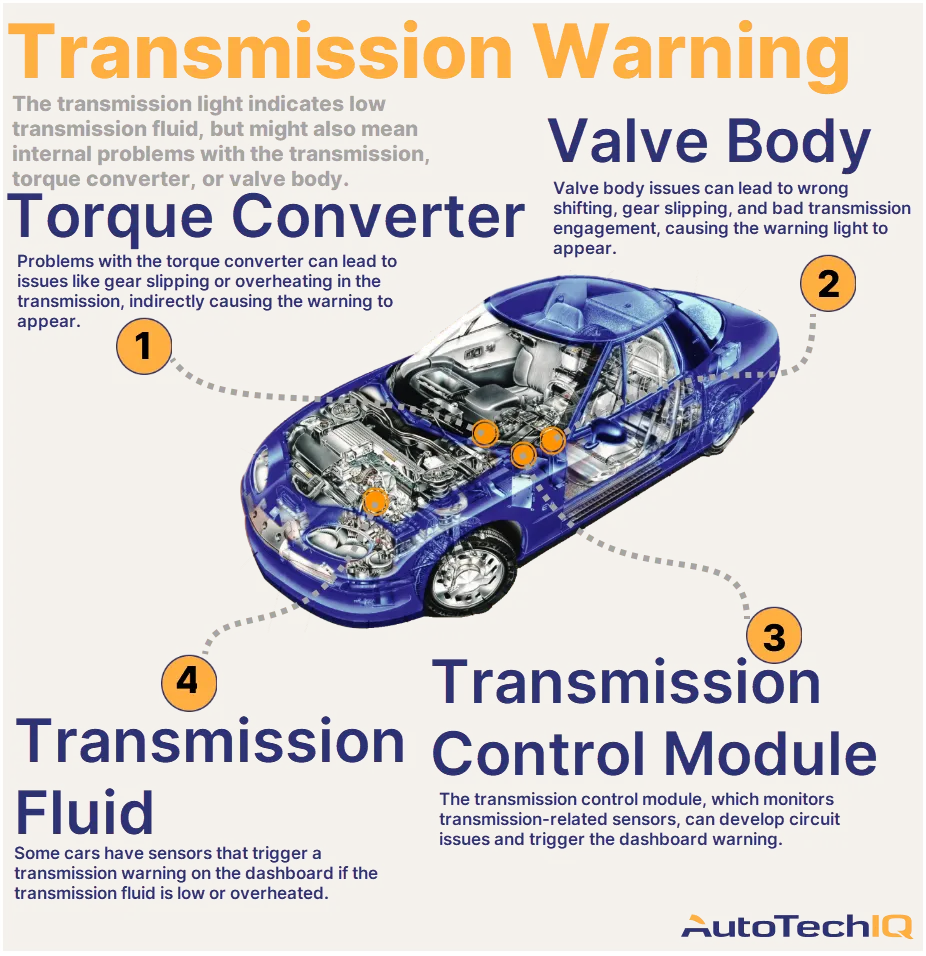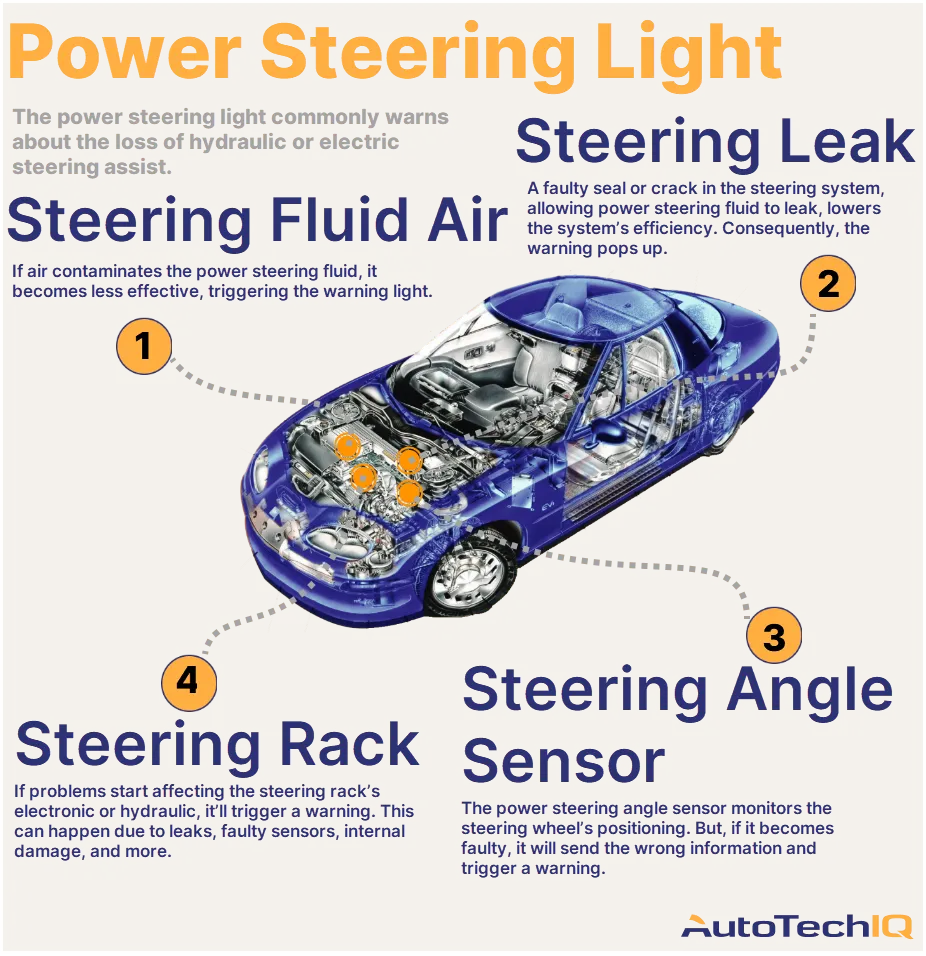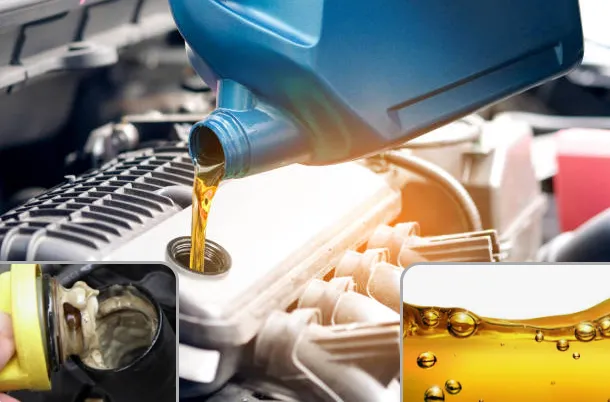
Changing the engine oil is a very important part of maintaining your car. The lifespan of your car's engine strongly depends on the quality of the oil and the frequency with which you change it. The primary function of engine oil is to reduce friction between the moving parts of the engine during its operation under various conditions. Car manufacturers specify the oil change intervals for each car model, and these intervals depend on the type of engine. We also recommend adhering to these established schedules, but if your car has high mileage or you are using a different type of oil than you used previously, it's better to shorten the oil change interval by 1-2 thousand miles. Firstly, older engines more intensively alter the structure of the motor oil and, secondly, even very good oil may not be suitable for your car's engine. Moreover, regardless of your car's mileage (if it's too low), it's recommended to change the engine oil once a year.
It's advisable to entrust oil changes to certified service centers, despite the apparent simplicity of the procedure. The reason is that successful replacement requires special tools, a lift, and often the removal of protective elements and other parts of the car. Special attention should be paid to the old oil you drain from your car's engine. Good oil should maintain its lubricating properties, have a dark brown color, be free of impurities, and not have a strong burnt smell. If the oil has an unusual color, such as white clumps or becomes as thin as water, shows metal shavings, or has a strong burnt smell, this indicates possible engine problems or low-quality oil. In cases where certain engine problems arise, consider combining the oil change with an engine cleaning procedure. Depending on the nature of the problem, different options are available: you can use special additives designed for cleaning, which are added to the old oil, or use flushing oils to clean the internal parts of the engine. Flushing oil must also be used when switching from mineral to synthetic oil and vice versa.
For new cars, it's better to use high-quality engine oils, then there won't be a need to flush the engine when changing the oil. Always perform the oil change along with replacing the oil filter. Regularly check the oil level in your car's engine.
Engine oils are divided into several types:
- Mineral Oil: It is low-cost, less resistant to high and low temperatures, and has a shorter lifespan. It is used in older cars or under low-stress conditions.
- Semi-Synthetic Oil: A mixture of mineral oils and synthetic additives, it offers better protection and performance compared to mineral oils at an affordable price.
- Synthetic Oil: Highly resistant to both high and low temperatures, offers better fluidity, and provides greater engine protection under various operating conditions.
- Diesel Engine Oil: Contains special additives to cope with the characteristics and features of diesel engines, such as high torque and load.
It's important to remember that you should not mix synthetic and mineral oils. The most dangerous potential outcome of this is sedimentation and clogging of channels.
The choice of engine oil type depends on the type of engine, operating conditions, recommendations from the car manufacturer, and other factors. It's important to follow the manufacturer's recommendations and choose the appropriate oil for your car.


